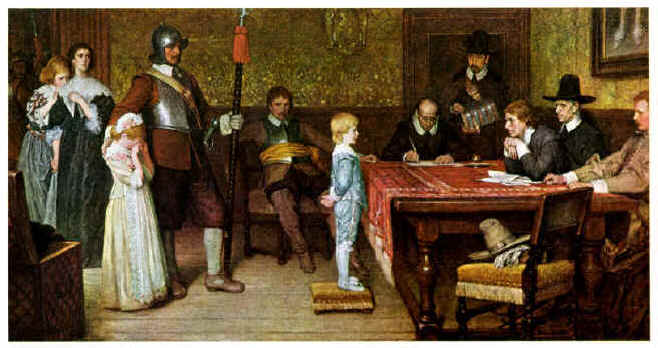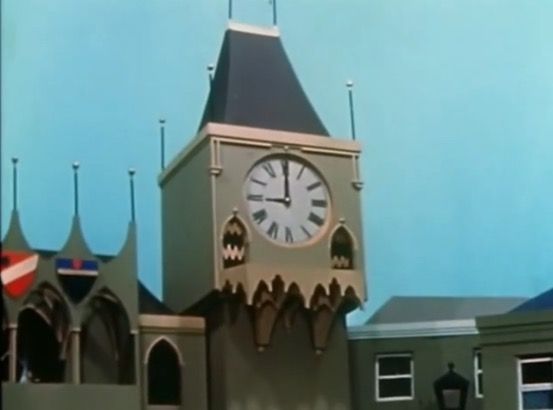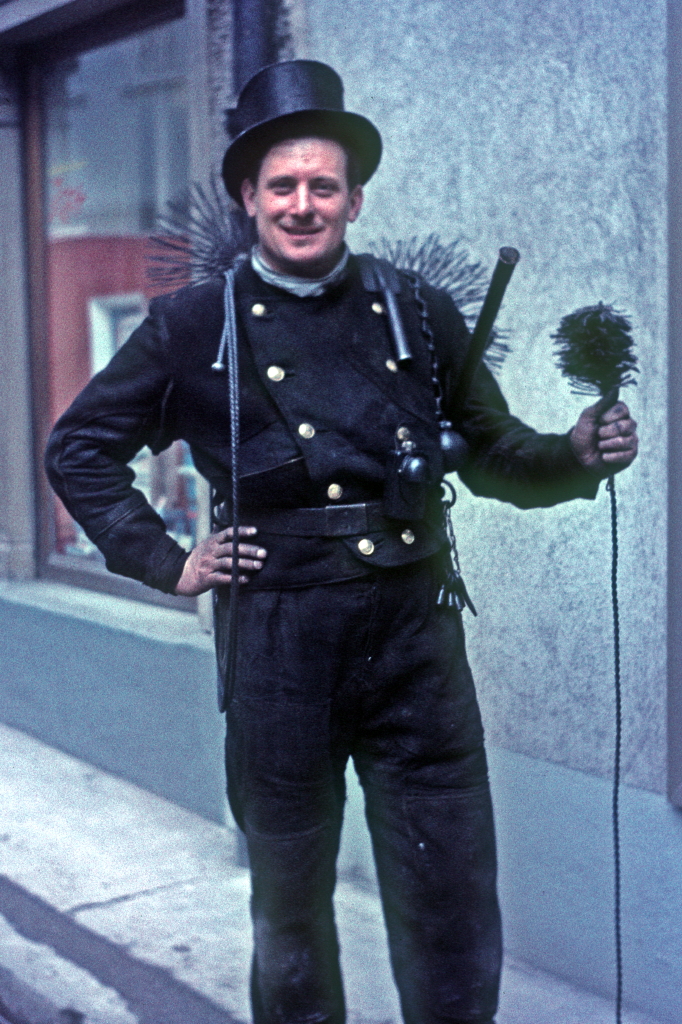
http://www.liverpoolmuseums.org.uk/walker/collections/
” The people in the painting are composed like characters on a stage. This adds to the sense of drama in an already tense setting. The viewer is left guessing what the boy will answer. The painting deals cleverly with the themes of innocence and childhood. We wonder whether the boy, who will have been told that honesty is a virtue, will realise in time the gravity of the situation. The small size of the boy, his blonde hair and blue suit highlight his innocence. In order to save his father, he may have to lose some of his innocence and lie to the men questioning him.
Yeames does not appear to favour one side over the other, letting the drama of the situation speak for itself. Although we are aware of the purpose of the soldiers’ visit to the house, he invests the scene with a sense of their ‘moral duty’. The Victorians believed that men in the Civil War fought out of a sense of conviction and loyalty. This is shown by Yeames as, despite the situation, he depicts the men’s human qualities. The soldier in the left of the scene is seen comforting the little girl, who appears aware of the significance of the question. “















